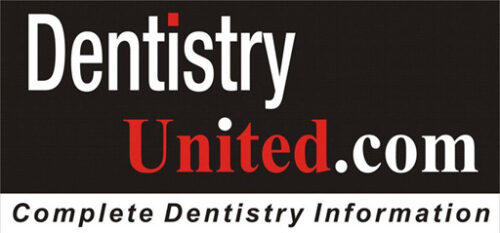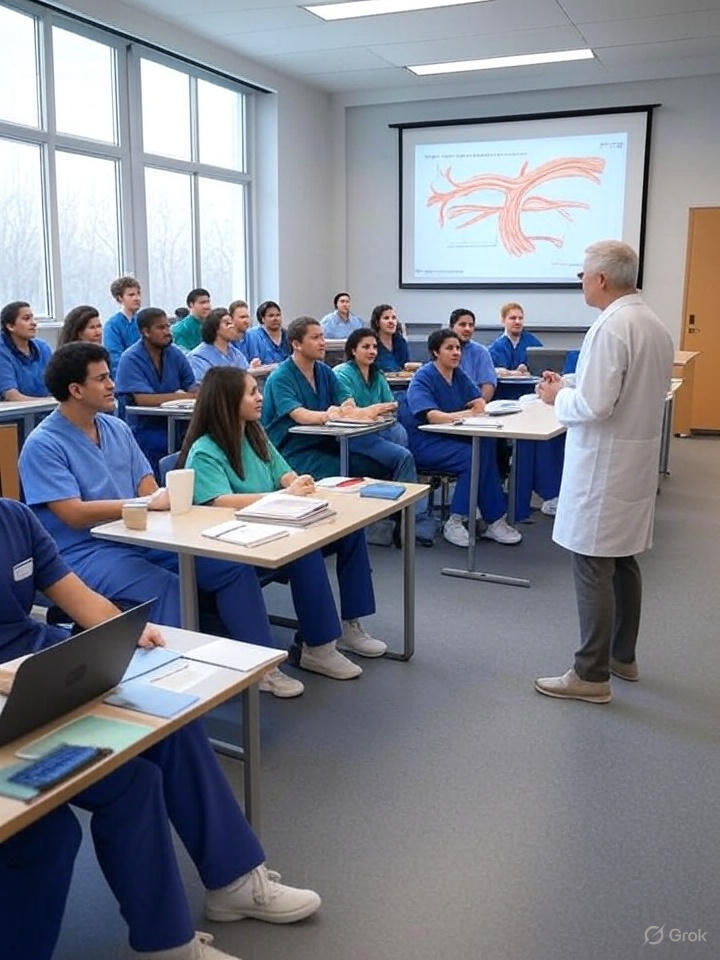Prologue
This morning, I interviewed a BDS candidate for the position of Resident Dentist at Smile Maker Dental Clinic, Mysore. On paper, the qualifications checked out—distinction in basic sciences, a decent internship, and a confident demeanor. But as the discussion turned clinical, it became quickly evident that despite years of theoretical study, the ability to apply that knowledge practically—especially in the context of real patients—was fragmented, even fragile.
This wasn’t a one-off experience. Over the years, I’ve felt a growing concern that keeps resurfacing in these interviews, in clinics, and at dental conferences. There’s a wide and persistent gap between how subjects are taught in India versus how they are approached abroad. Even when attending a congress lecture by an American or European speaker on the same topic, the difference in perspective, clarity, and clinical relevance is stark. It’s not that we lack talent or ambition—we possibly have the largest number of dental colleges in the world—but we suffer from a curriculum architecture that is disjointed, outdated, and woefully unintegrated.
The Case for Integration
One of the most persistent shortcomings in Indian dental education is the fragmented manner in which foundational sciences are taught—often stripped of any clinical context or relevance to patient care. In the first year of BDS, students are inundated with detailed anatomy: the development of pharyngeal arches, the nerve supply to each facial muscle, the branching patterns of arteries. It’s exhaustive and academically rigorous. But by the time a student encounters a case of Treacher Collins Syndrome, cleft lip and palate, or First Arch Syndrome in their third or fourth year, the foundational knowledge has either faded or was never linked to clinical manifestations in the first place.
This isn’t limited to anatomy. In physiology, we spend hours poring over nerve conduction, salivary secretion, and neuromuscular junctions. Yet, when a patient presents with trigeminal neuralgia, xerostomia, or Bell’s palsy, there’s rarely a conscious recall of those basic principles. The educational bridge from classroom to clinic remains unbuilt, forcing students to compartmentalize instead of integrate.
Biochemistry—a subject many dental students dread—is another example. We memorize the glycolytic pathway, enzyme kinetics, and vitamin functions. But when confronted with a diabetic patient requiring periodontal therapy, or a case of delayed wound healing, the vital biochemical context is rarely applied. The Krebs cycle is studied for exams, not for understanding tissue healing or oxidative stress in oral pathology.
Microbiology, too, suffers the same fate. Students memorize microbial classifications, culture media, and antibiotic sensitivities. But in clinical settings, while managing chronic periodontitis, fungal infections, or antibiotic resistance in odontogenic infections, these foundational learnings are often absent from the discussion—unless a student has consciously and independently built those mental bridges.
An Education of Silos, Not Systems
The result? A curriculum that boasts depth but lacks direction. Students move year to year, from lecture halls to clinics, without a scaffolding that allows knowledge to build and connect. This lack of horizontal and vertical integration creates a fragmented learning experience, where subjects are treated as isolated islands rather than as interconnected parts of a comprehensive patient-care framework.
We are producing graduates who may have memorized every textbook line but struggle to apply that knowledge when confronted with a bleeding socket in a diabetic patient, or when managing a medically compromised case in prosthodontics. The parts are all there—but the whole is missing.
The Way Forward
If we are serious about elevating dental education in India, we must urgently pivot to an integrated model—one where anatomy, physiology, biochemistry, and microbiology are not standalone rituals, but dynamic disciplines that inform every aspect of diagnosis, treatment planning, and patient care.
The first year of BDS should not exist in an academic vacuum. Every foundational concept should be paired with a clinical correlation—an example, a case, a discussion, a patient story. This is not only pedagogically sound; it is essential for creating a generation of dentists who can think, adapt, and treat with competence and confidence.
Until this integration becomes the norm and not the exception, we will continue to produce dental graduates who know the what, but not the why—and certainly not the how.
About the Author
Dr. Syed Nabeel, BDS, D.Orth, MFD RCS (Ireland), MFDS RCPS (Glasgow)
Dr. Syed Nabeel is a clinician-scholar whose career spans over 25 years at the confluence of orthodontics, neuromuscular dentistry, and digitally integrated diagnostics. As Clinical Director of Smile Maker Clinics Pvt Ltd, he has pioneered a philosophy of care that harmonizes anatomical precision with advanced digital technologies—particularly in the management of TMDs, esthetic smile design, and algorithm-driven orthodontics.
Rooted in occlusal neurophysiology, his approach is distinguished by a deep commitment to AI-augmented clinical workflows and predictive modeling in complex craniofacial therapy. In 2004, he founded DentistryUnited.com, a platform devoted to dissolving clinical boundaries and nurturing global dental dialogue. This vision further evolved into Dental Follicle – The E-Journal of Dentistry (ISSN 2230-9489), a peer-reviewed journal fostering original thought and interdisciplinary inquiry.
A lifelong educator and mentor, Dr. Nabeel is devoted to cultivating critical, systems-based thinking among the next generation of clinicians—especially in orthodontic biomechanics and the neurofunctional principles that bridge form and function.

